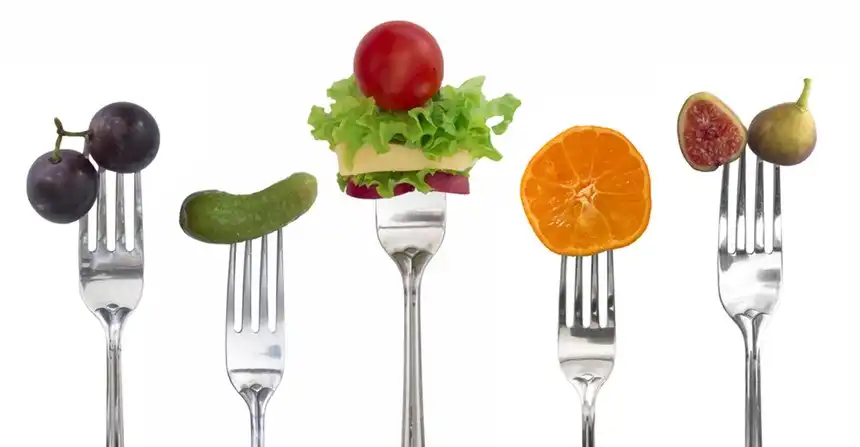March is National Nutrition Month. What better time to step up your nutrition game? Luckily, you don't have to revamp your whole way of eating. Small changes can add up to big benefits!
Switch It Out
One way of improving the nutritional value of a dish is to switch out one ingredient for a healthier choice. Some of these substitutions are well-known, such as replacing white rice with brown and choosing whole grains instead of refined flour products. Here are some other ideas:
- Top your salad with salsa instead of salad dressing for a significant reduction in calories and fat.
- Replace all or some of the meat in spaghetti sauce with plant-based substitutes such as mushrooms or lentils. Precook the lentils, and they will add body to the sauce.
- Pass up fruit juice in favor of whole fruit. You'll get valuable fiber, and the fruit sugars will digest more slowly so your blood sugar doesn't spike.
- Use spaghetti squash in place of pasta. No, it doesn't taste the same, but many people think the squash has more flavor.
- Replace rice with cauliflower rice or, if you're not ready to go all-in, use half rice and half cauliflower.
- Replace mayo with low-calorie mustard. Avoid dry-sandwich syndrome by slapping on a juicy tomato.
Add It In
Boost nutrition with healthy add-ins, such as these:
- Sprinkle ground flaxseed over your cereal, put it in your yogurt, or add to homemade muffins, and you'll get a good dose of omega 3s.
- Toss a handful of nutrient-rich spinach into your smoothie, soup, or curry.
- Add a few chopped nuts to cereal, pancakes, and oatmeal, or use them to top salads and veggies. Choose Brazil nuts for selenium, walnuts for omega 3s, and almonds for vitamins and calcium. Although nuts are a high-calorie food, they are fine in small amounts.
Mind Your Plate
Graphic representations of a well-filled plate can help you put together a wholesome meal. One such graphic is MyPlate, by the U.S. Department of Agriculture. The Healthy Eating Plate, by Harvard Medical School and the Harvard School of Public Health, is similar to MyPlate but has some key differences.
No matter which model you choose, vegetables should occupy more room than any other element on your plate. Vegetables are low in calories and high in nutrients and fiber.
Fruit is also included in both plates. We often think of fruit as a snack food or breakfast food, but fruits are a great addition to most meals. Make it a practice to have cut-up fruit on the table each time you sit down to eat. Most of us will eat fruit more readily in bite-sized pieces, and it can serve as a healthy dessert.
If you're not satisfied when your plate is empty, try a second serving of fruit or vegetable instead of helping yourself to more of the higher-calorie foods.
See the Whole Picture
As important as nutrition is, other elements are important for a healthy lifestyle. Staying active is critical, too. You should also see your health care provider regularly and be sure to take the medications prescribed for you.
If the cost of a medication is a problem, use the search tool on RxLess to find a discount or coupon to use at your local pharmacy.

















